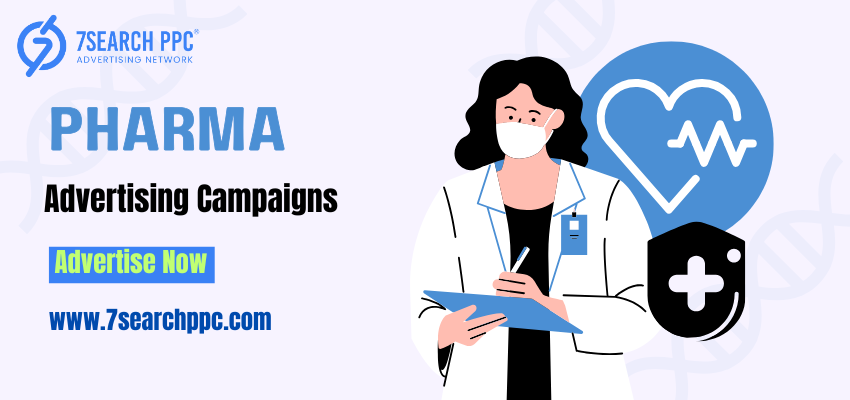smithenglish
New Member
Personalized and Targeted Campaigns
AI and data analytics allow pharma advertising brands to tailor messages based on patient behaviors, health conditions, demographics, and search intent.
Patients receive content relevant to their individual journey, leading to better engagement and trust.

Example: A person searching for migraine relief sees targeted ads about new treatments, lifestyle tips, and patient stories about managing migraines.
Educational and Empowering Content
Ads now focus more on education than promotion—helping patients understand diseases, treatments, side effects, and preventive care.
Content is delivered via blogs, videos, podcasts, infographics, and interactive tools.
Impact: Patients feel more in control of their health decisions and better prepared to discuss options with their doctors.
Omnichannel Communication
Pharma companies reach patients through multiple touchpoints: websites, mobile apps, email, social media, search engines, and even smart devices.
This ensures continuous and consistent engagement, not just one-time exposure.
Example: A diabetes medication brand runs an integrated campaign that includes Google ads, Facebook videos, influencer reels, and doctor-recommended articles.
Real Patient Stories and Testimonials
Advertising increasingly features real people sharing their journeys with treatments and conditions.
This builds authenticity and makes content more relatable and trustworthy.
Effect: People are more likely to engage with content that feels “human” and emotionally resonant.
Mobile and Voice Search Optimization
As more patients search health info on smartphones and via voice assistants (like Alexa or Siri), pharma ads are adapting.
Content is now optimized for voice queries, local SEO, and short-form mobile reading.
Result: Faster, easier access to relevant medical information in real time.
AI and data analytics allow pharma advertising brands to tailor messages based on patient behaviors, health conditions, demographics, and search intent.
Patients receive content relevant to their individual journey, leading to better engagement and trust.

Example: A person searching for migraine relief sees targeted ads about new treatments, lifestyle tips, and patient stories about managing migraines.
Educational and Empowering Content
Ads now focus more on education than promotion—helping patients understand diseases, treatments, side effects, and preventive care.
Content is delivered via blogs, videos, podcasts, infographics, and interactive tools.
Impact: Patients feel more in control of their health decisions and better prepared to discuss options with their doctors.
Omnichannel Communication
Pharma companies reach patients through multiple touchpoints: websites, mobile apps, email, social media, search engines, and even smart devices.
This ensures continuous and consistent engagement, not just one-time exposure.
Example: A diabetes medication brand runs an integrated campaign that includes Google ads, Facebook videos, influencer reels, and doctor-recommended articles.
Real Patient Stories and Testimonials
Advertising increasingly features real people sharing their journeys with treatments and conditions.
This builds authenticity and makes content more relatable and trustworthy.
Effect: People are more likely to engage with content that feels “human” and emotionally resonant.
Mobile and Voice Search Optimization
As more patients search health info on smartphones and via voice assistants (like Alexa or Siri), pharma ads are adapting.
Content is now optimized for voice queries, local SEO, and short-form mobile reading.
Result: Faster, easier access to relevant medical information in real time.
